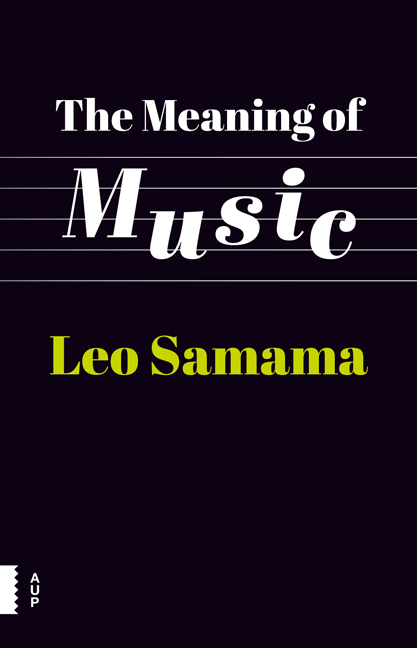13 - Beethoven: the Fifth
Published online by Cambridge University Press: 24 December 2020
Summary
Long ago I was sent a cassette tape from a friend in the States containing a report on Beethoven's Fifth Symphony by the musicologist and musical comedian Professor Peter Schickele, alias P.D.Q. Bach. Yes, indeed: a report. Not an analysis, nor a musicological discourse but a report, straight from the field; and not the battlefield, as for instance in Beethoven's Wellingtons Sieg, oder Die Schlacht bei Vittoria, but a football field. From the starting gun, which commences even before Beethoven's ta-tata- daa has sounded, to the cheers at the end, Schickele manages to clarify the general structure of Beethoven's music to every football fan and many others without using technical terms.
And they’re off with a four-note theme. This is very exciting; the beginning of a symphony is always very exciting folks. I don't know whether it's slow or fast yet because they keep stopping. It doesn't seem to be able to get off the ground yet… and it looks like, yes it looks like we’re coming up to a cadence here folks… Ah, the violins didn't cut off there, a little trouble with the violins, they weren't watching. And there's that four note theme again folks, and another stop – just can't seem to get this piece off the ground…
If we look at the beginning of the symphony, this is indeed what happens in the music. ‘Tell me Bob,’ asks the reporter, ‘do you think you’d call that four-note idea a theme or a motif?’ Bob: ‘Well, Pete, the technical term would be motif, which he uses to build a theme.’ What Schickele does is ingenious. Without falling into the secret language that often envelops music and obscures things for so many devotees, he not only shows how the construction of this first movement of Beethoven's symphony unfolds, but turns the explanation itself into a thrilling experience.
It is also nice to discover that, despite the opening movement’s C minor key and ‘ta-ta-ta-daa’, which has almost become a symbol for fate, fate here is actually in no way ‘knocking on the door.’ Fate in the Fifth Symphony is in truth no more than an invention of Beethoven's loyal associate and biographer Anton Schindler, who was quite unreliable when it came to facts.
- Type
- Chapter
- Information
- Meaning of Music , pp. 113 - 124Publisher: Amsterdam University PressPrint publication year: 2016



